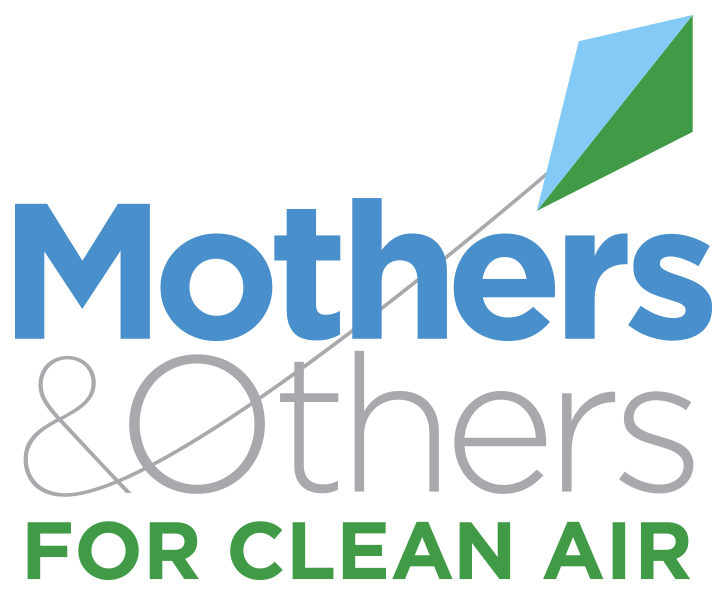Although many time-series studies of ozone and mortality have identified positive associations, others have yielded null or inconclusive results, making the results of these studies difficult to interpret. METHODS We performed a meta-analysis of 144 effect estimates from 39 time-series studies, and estimated pooled effects by lags, age groups, cause-specific mortality, and concentration metrics. We compared results with pooled estimates from the National Morbidity, Mortality, and Air Pollution Study (NMMAPS), a time-series study of 95 large U.S. urban centers from 1987 to 2000. RESULTS Both meta-analysis and NMMAPS results provided strong evidence of a short-term association between ozone and mortality, with larger effects for cardiovascular and respiratory mortality, the elderly, and current-day ozone exposure. In both analyses, results were insensitive to adjustment for particulate matter and model specifications. In the meta-analysis, a 10-ppb increase in daily ozone at single-day or 2-day average of lags 0, 1, or 2 days was associated with an 0.87% increase in total mortality (95% posterior interval = 0.55% to 1.18%), whereas the lag 0 NMMAPS estimate is 0.25% (0.12% to 0.39%). Several findings indicate possible publication bias: meta-analysis results were consistently larger than those from NMMAPS; meta-analysis pooled estimates at lags 0 or 1 were larger when only a single lag was reported than when estimates for multiple lags were reported; and heterogeneity of city-specific estimates in the meta-analysis were larger than with NMMAPS. CONCLUSIONS This study provides evidence of short-term associations between ozone and mortality as well as evidence of publication bias.
Published Feb 25, 2013
Bell, M. L., Dominici, F., & Samet, J. M. (2005). A meta-analysis of time-series studies of ozone and mortality with comparison to the national morbidity, mortality, and air pollution study. Epidemiology (Cambridge, Mass.), 16(4), 436–445. https://doi.org/10.1097/01.ede.0000165817.40152.85
